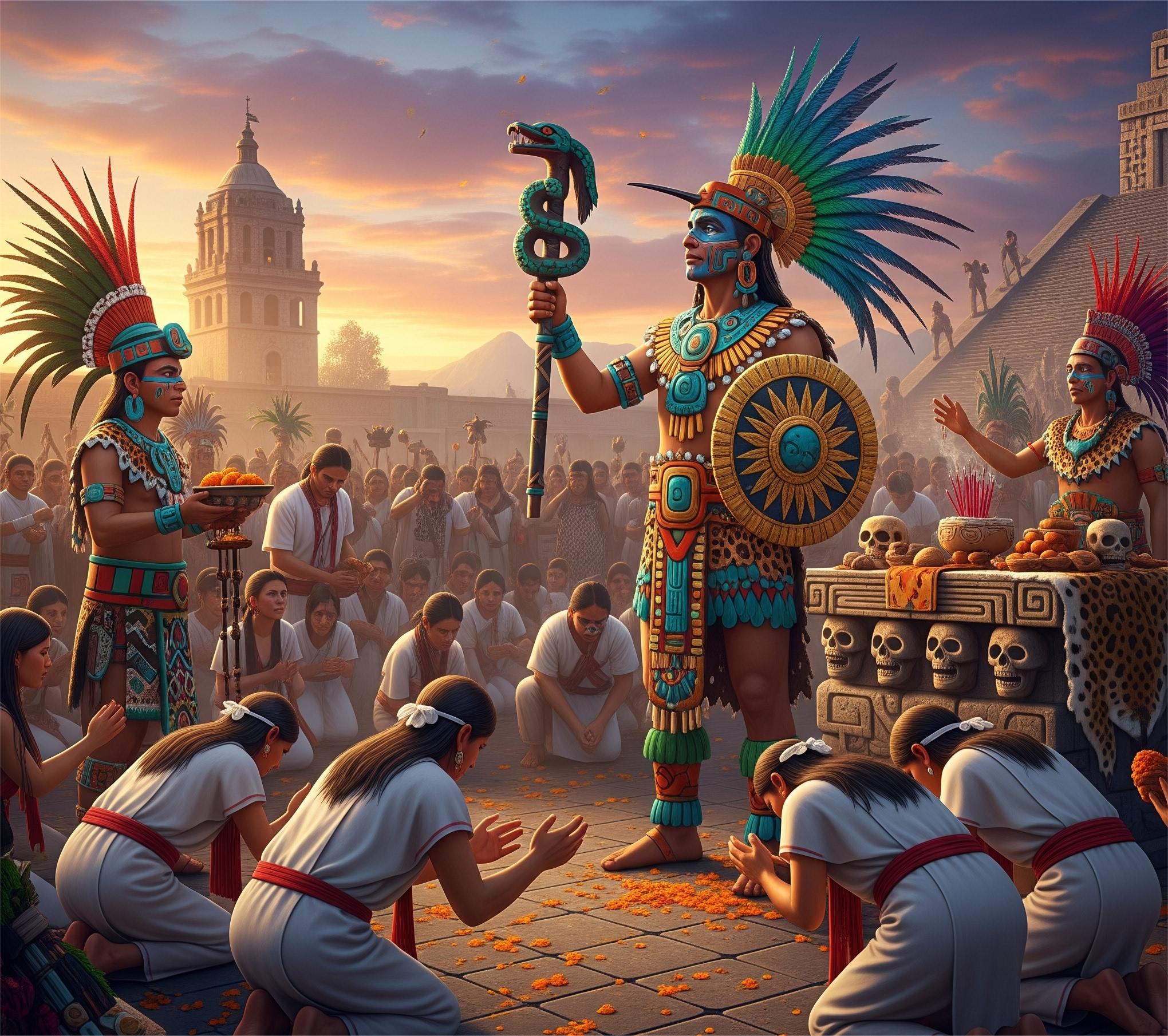The magic of Middle Earth is wrapped up in Lydney Park
It is often wondered whether the magical and intricate landscapes of Middle Earth were devised straight from J.R.R Tolkien’s incredible imagination or reworkings of landscapes he had seen before. It is believed that the author of The Hobbit and The Lord of the Rings was partly inspired by an archaeological find in the Forest of Dean.
Tolkien was reportedly influenced by the ancient Roman archaeological site that he worked on at Lydney Park in 1929. He worked on the site of an old Roman temple, known as Dwarf’s Hill.
The hill was built on an earlier Iron Age settlement, and was littered with tunnels and open cast iron mines. It is said that Tolkien was very taken with the whole area.
At the time, there were rumours that within 20 years of the Romans leaving, local people thought the ruins were the homes of dwarves and hobgoblins that were afraid of the hill. It was during this time that Tolkien was working on The Hobbit, and was evidently interested in the rumours surrounding the archaeological ruins.
There are certainly similarities between Tolkien’s Shire and the secluded Lydney Park. The park is a wooden valley, with lakes, a deer park and flowering shrubs. In spring time it is carpeted with daffodils, primroses and bluebells.
Another connection is that the roman God Noden was known as the Lord of the Mines – not too far away from The Lord of the Rings. It seems as though the area is wrapped up in a folklore very similar to the iconic trilogy.







